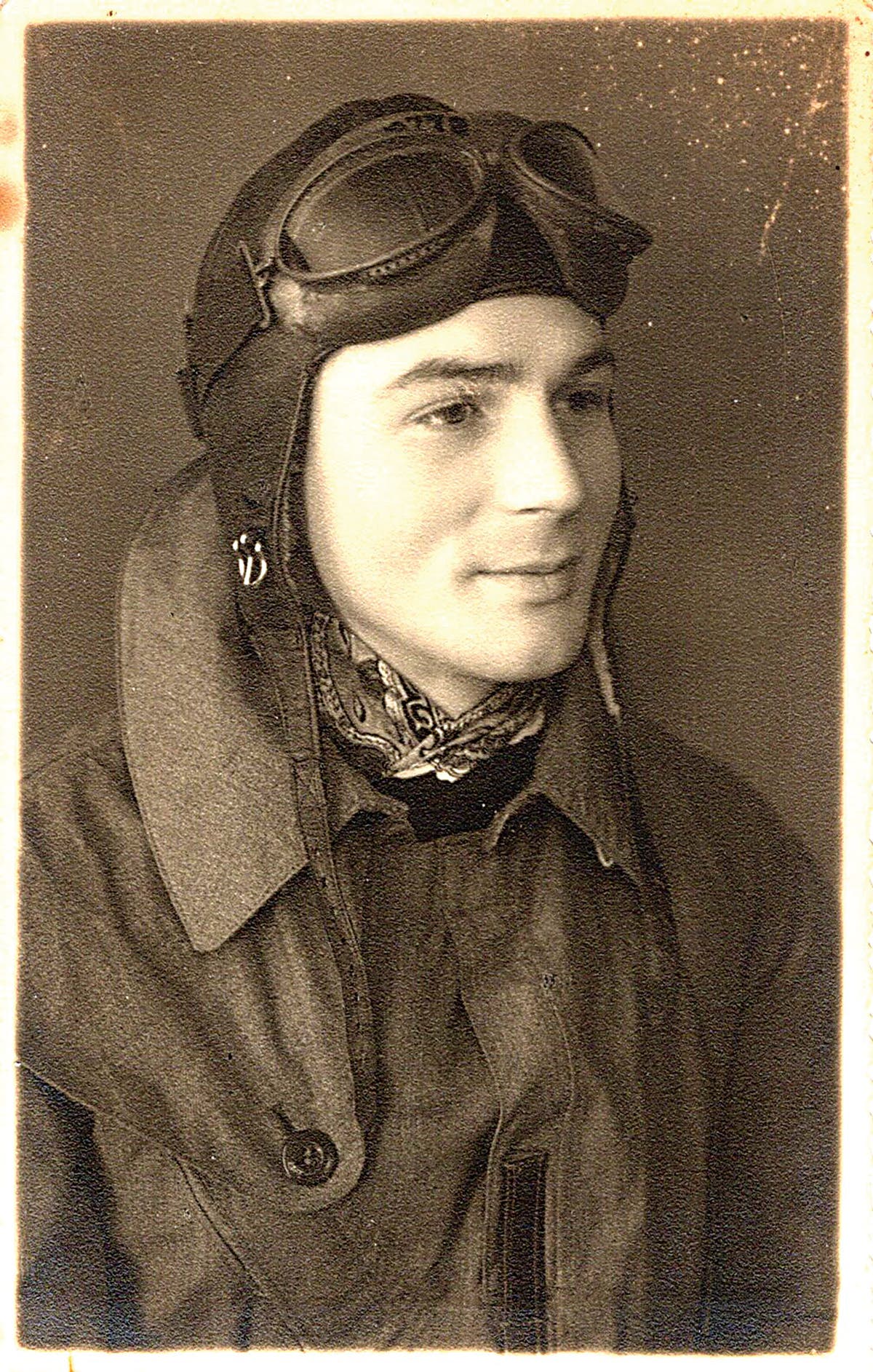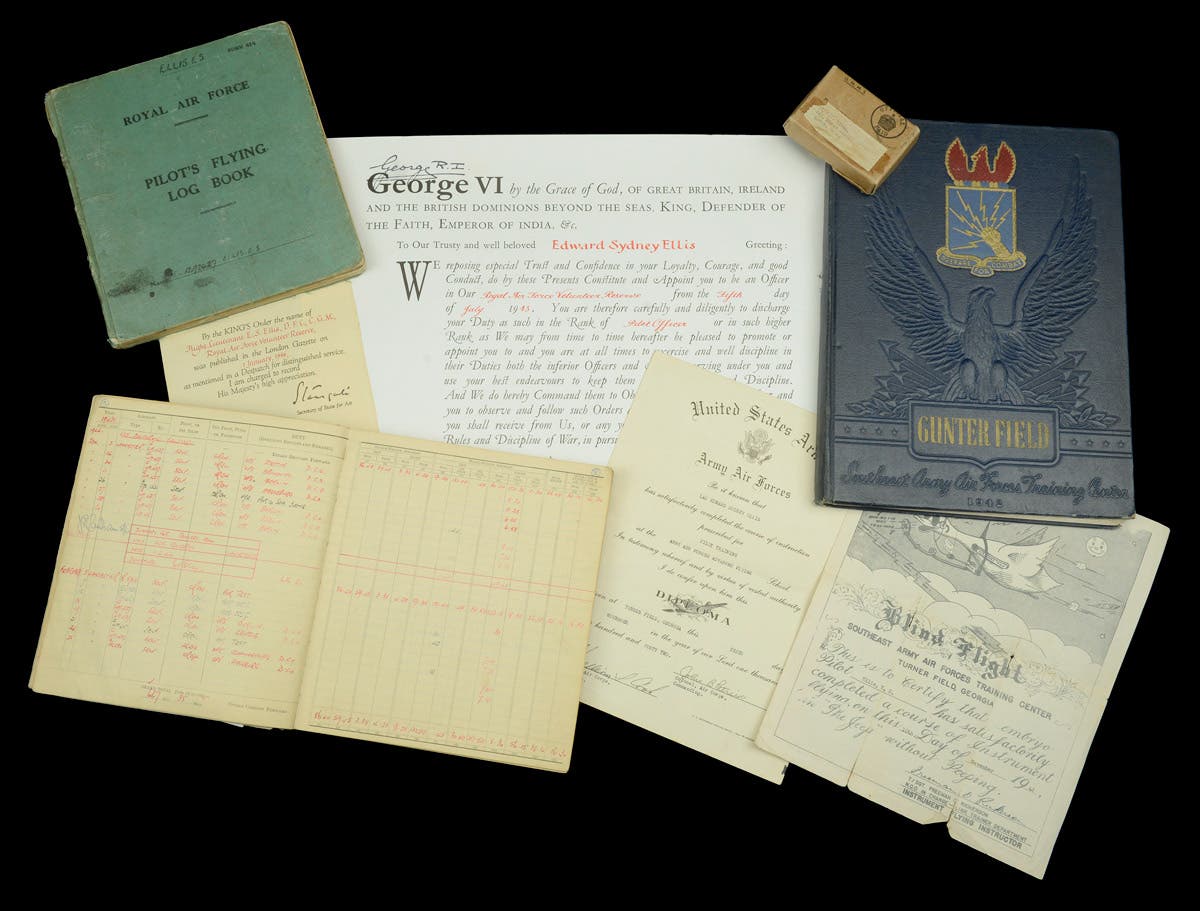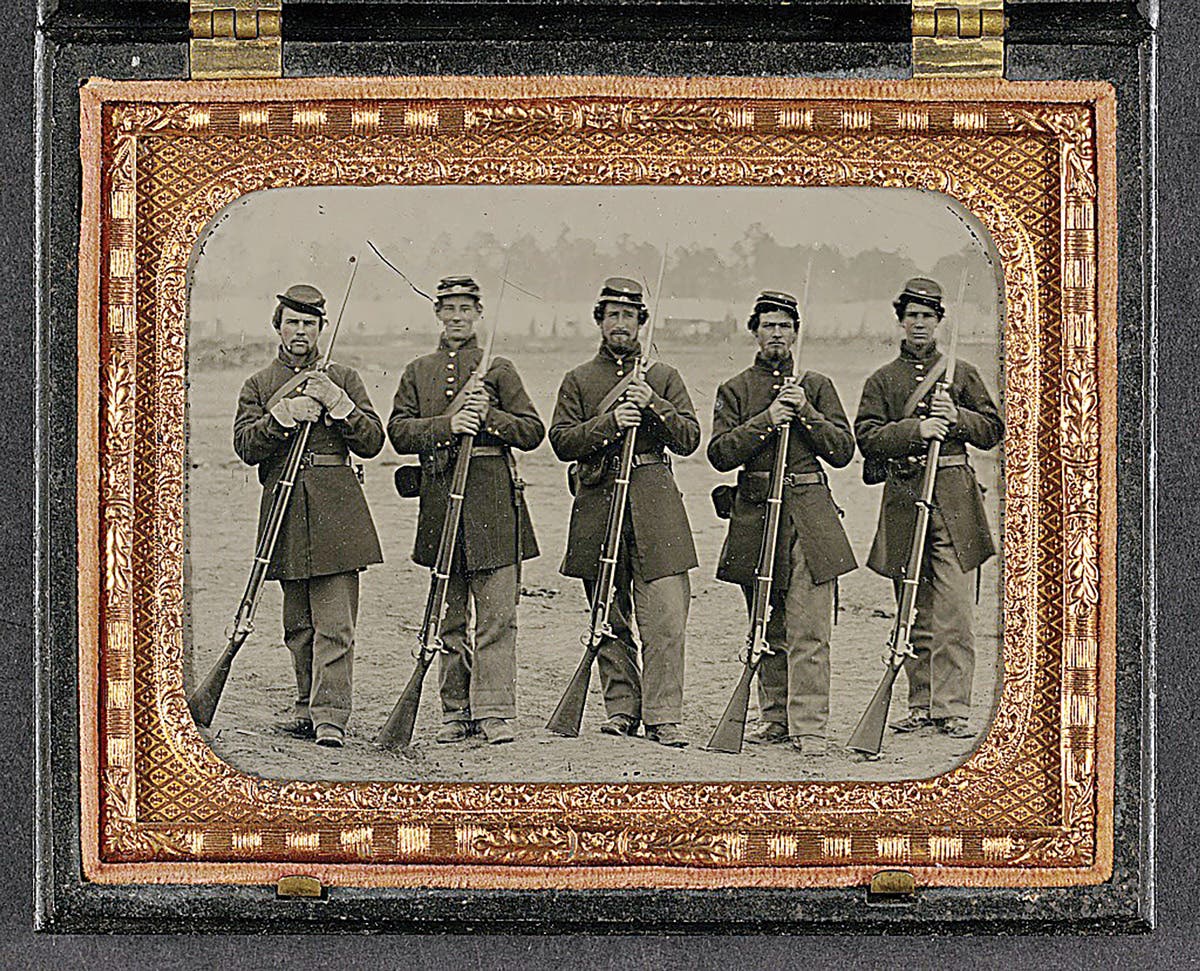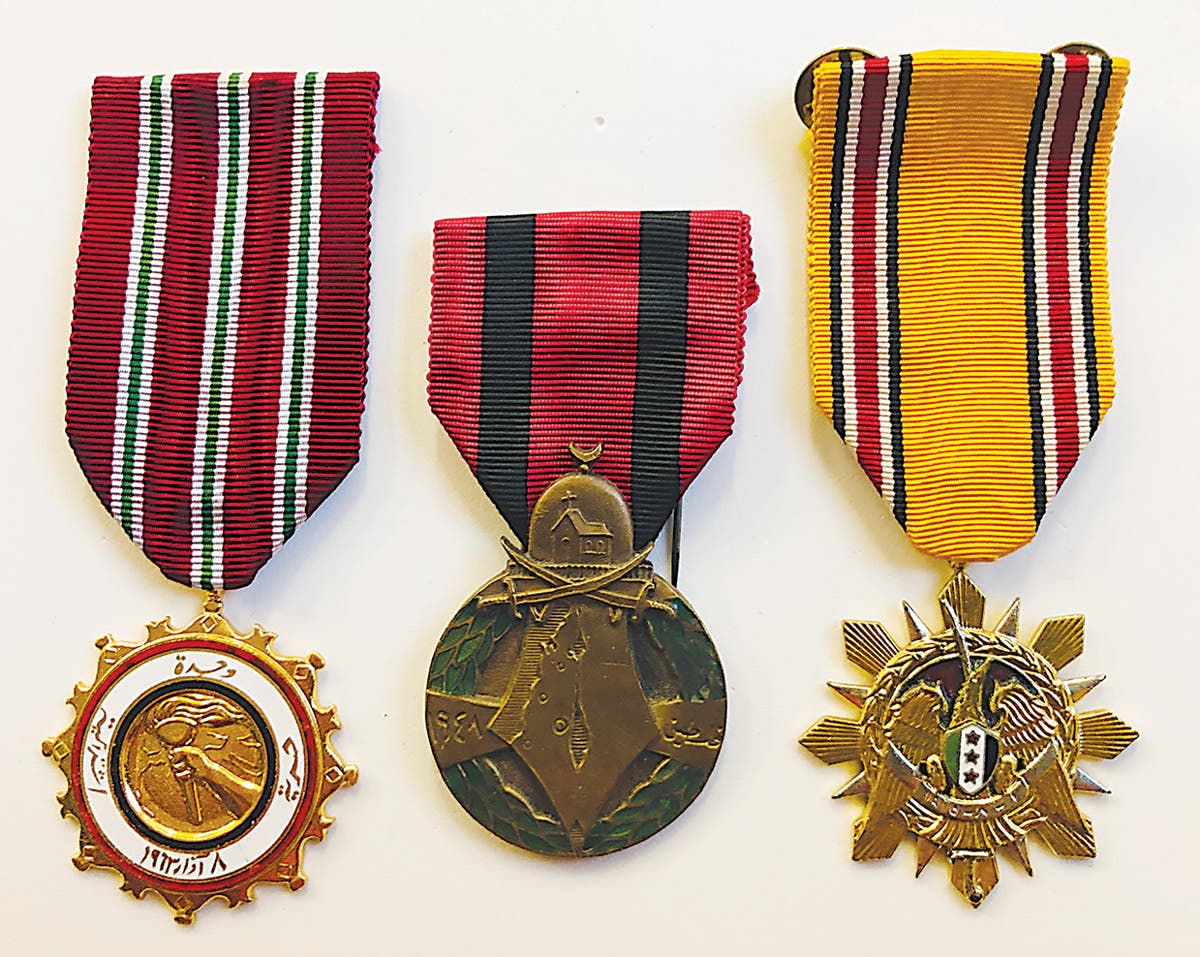Exploring El Alamein
Prizes from famous El Alamein tank battleground are worth the trip
By Ken Bowra
From the rocky, weathered fighting positions, facing to the northeast, we had excellent fields of fire and nearly unlimited observation of the battlefield. All was quiet now, as it had been for 51 years, following the most critical battle in the North African campaign of World War II. Here, at 21:40 on Oct. 23, 1942, Lt. General Bernard L. Montgomery, commander of the British Eighth Army, launched his much-anticipated offensive, with an intensive artillery barrage along the entire front. The Battle of El Alamein had begun. And traces remain today.
On a hot summer day in July 1993, I was exploring the defensive positions of the German forces located in the southern sector of the Axis positions. At the time of my visit to El Alamein, I was serving as Commander of the 5th Special Forces Group (Airborne) and working with Egyptian Special Forces units.
Leaving the Coast Road at the small town of El Alamein, we traveled with our Egyptian military liaison officer to the southwest, toward the Qattara Depression. We passed the former positions of the Italian Bologna Division, located in the northwest of the Ruweisat Ridge. The desert was empty, except for occasional herds of camels. Within several kilometers of this location we came upon a rise in the terrain that offered excellent defensive positions. A review of the German maps of 1942 indicated that this could very well be the position of the German Ramcke Brigade, a Fallschirmjager Brigade.
The Ramcke Brigade was a Luftwaffe paratroop formation sent to the Afrika Korps in the summer of 1942. It was commanded by Generalmajor Bernhardt Ramcke. The brigade was composed of four infantry battalions, an artillery battalion, an antitank company, and a pioneer company. It took up position in the German-Italian line between the Italian Bologna and Brescia Divisions, facing the southern sector of El Alamein.
As we climbed the high ground to the north of our road, we immediately saw numerous fighting positions, with rocks piled around each. We used our GPS to lock in our coordinates in an attempt to confirm, in fact, that this was the Ramcke Brigade position. After several different readings, the correct coordinates placed us at the center of mass where the brigade was located.
As we walked through the sand-filled trenches, it was not clear what forces had occupied the position. Slowly, we searched the area, finding remnants of ration and water cans. The majority of the ration tins were sardine and meat cans. Veterans of the Afrika Korps referred to the cans of Italian military sausages as “Old Man” (in German Alten Mann), for the initials “A.M.” that were marked on these cans. The sardine tins also were a basic ration of the Afrika Korps and were from Italy as well as from occupied Norway. They were found lying next to nearly every position, from fighting positions to the communications trenches connecting all the positions.
As these positions were held until approximately Nov. 4, 1942, they had endured about 12 days under intense artillery fire. Accordingly, the former occupants were forced to remain dug in, tossing out their ration cans. As we continued our search of the area, we found remains of many boots. Presumably, so many boots littered the area because of casualties and fatalities.
An examination of the boots also revealed the identity of the force, with German markings on the soles. Some still had remnants of fabric, indicating they were German tropical boots issued to the Afrika Korps. Other artifacts quickly were identified: remains of a German K-98 leather ammunition pouch, baked by the sun into a hardened, twisted form, with the” D” ring still attached; a German grenade; sections of still intact German newspapers, preserved beneath the cloth sandbags and sand near a fighting position; a German K-98 shell casing, dated 1941; remains of a German tropical combat tunic, exposed by the shifting, blowing sands; and the remnants of a German tropical pith helmet.
Step by step we found many fragments of British mortar and artillery shells and unexploded ordnance. We also found a piece of a German helmet, pistol magazine, a link from a German MG-42 ammunition belt, all indicators of the intense fighting which took place.
On tracing the forward edge of the German defensive positions, we finally found what we had hoped to avoid: antitank and antipersonnel mines, some with fuses still intact, others with the body rusted away. One was set to detonate electrically, with the batteries rotted and fused together. These mines were the reason the position was as untouched as it was, since the local Arabs avoided the area.
After a day in the position, one could not help but sense the tactical situation that the Ramcke Brigade faced. The items we found told the story of the battle they fought. The artifacts were found exposed throughout the position and also along the retreat rout to the west. As we navigated up to the northwest and the Coast Road, the shifting desert sands continued to expose traces of the battle, all found without a metal detector.
Once on the Coast Road we turned to the east back to our hotel on the coast road, and the next day back to Alexandria and finally Cairo. This was my second trip to the El Alamein battlefield, and we were scheduled to return to conduct a staff ride the following year, however, we were deployed to Somalia as the situation deteriorated.
*Ken Bowra retired from the U.S. Army as a Major General. He commanded Special Forces units at all levels, to include as a reconnaissance team leader in MACV-SOG and as Commanding General, U.S. Army Special Forces Command (Airborne). He is a graduate of The Citadel, The Military College of South Carolina and was selected to the Special Forces Hall of Fame as a Distinguished
Member of the Regiment.
*As an Amazon Associate, Military Trader / Military Vehicles earns from qualifying purchases.
Established in 1993, Military Trader is dedicated to the collecting preservation, restoration, study, and display of historic military artifacts. Spanning interests from military uniforms to medals, or helmets to ordnance and weapons, Military Trader is your best source for in-depth techincal articles, artifact profiles, product and hobby news, current values, and show and auctions calendar.








